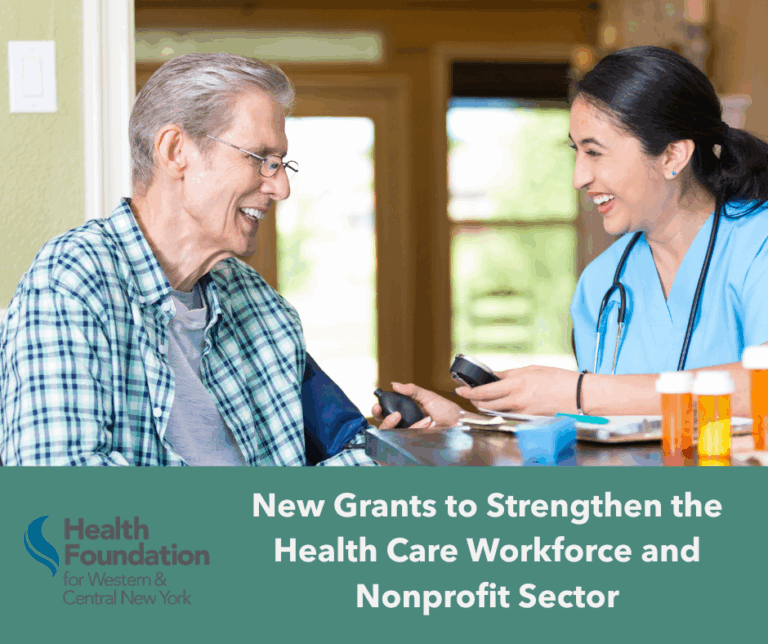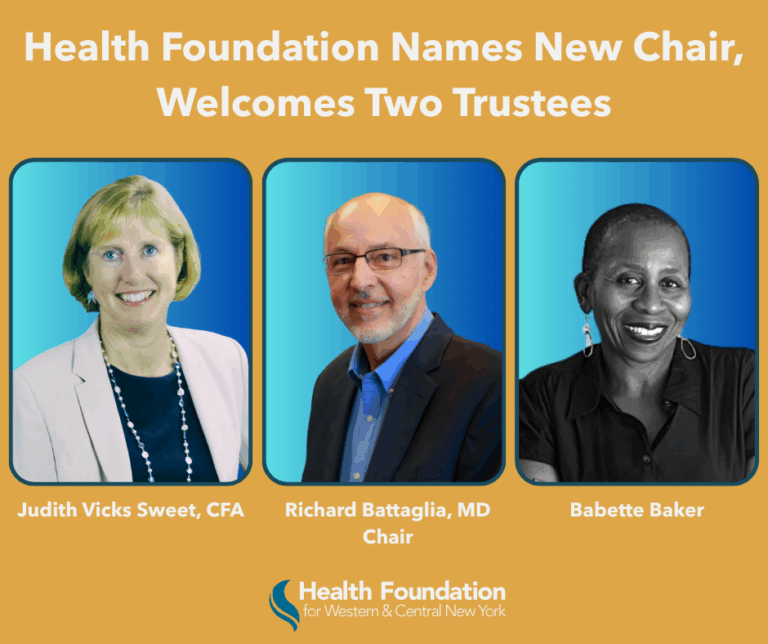By Nora OBrien-Suric, Ph.D.
President
 Health care is a human right. Governor Cuomo reasserted this during his re-election campaign in 2018, stating that health care should never be a luxury and he will take measures to ensure essential health services are protected for all New Yorkers. Along with Cuomo’s commitment to health services for New York, in 2018 Democrats took control of the New York State Senate for the first time in years, giving energy to policies previously blocked to expand health care coverage. Now more than ever we have an opportunity to make health care a New York State priority.
Health care is a human right. Governor Cuomo reasserted this during his re-election campaign in 2018, stating that health care should never be a luxury and he will take measures to ensure essential health services are protected for all New Yorkers. Along with Cuomo’s commitment to health services for New York, in 2018 Democrats took control of the New York State Senate for the first time in years, giving energy to policies previously blocked to expand health care coverage. Now more than ever we have an opportunity to make health care a New York State priority.
Currently, about 18.5 million people across the state are insured. Many of us have employer-sponsored insurance. Others are enrolled in Medicare or Medicaid. More than 700,000 children receive coverage through Child Health Plus (CHP). Most of the rest of us are covered through a Qualified Health Plan or the Essential Health Plan for low-income people available through the New York State of Health, which was created through the Affordable Care Act (ACA) to serve as an organized marketplace designed to help people shop for and enroll in health insurance coverage.
Yet, for many New York State residents, quality health insurance remains unachievable. Before the New York State of Health insurance exchange launched in 2013, the rate of uninsured individuals was 10%. And while the number of underinsured individuals dropped to 5.69% by 2018, 1.1 million New Yorkers still remain without access to affordable health care.
At the Health Foundation for Western and Central New York, we hope all people throughout New York State will have access to high quality healthcare in the years ahead. There has been significant progress already. Despite ongoing legal challenges to the ACA, a change in Congressional leadership means that the foundations of the law should be protected. Looking ahead, there should also be opportunities to build momentum toward getting uninsured people access to affordable care.
The question before us, of course, is how do we best close this gap? And while we are at it, how do we help the so-called “underinsured,” those who are currently insured, but who struggle with rising out-of-pocket costs and rising premiums? This is no small problem. A 2017 Commonwealth Fund analysis found that 28 percent of adults ages 19 to 64 with health insurance reported challenges paying their out of pocket costs or premiums.
Bolstering enrollment efforts to raise awareness of Medicaid, CHP and APTC for those who are already eligible for these programs is clearly indicated and likely the most straightforward way to start narrowing the gap. Making a dent in the rest of the uninsured population is more complicated. Across New York State advocates are looking to make more people eligible for existing public programs by increasing income limits and raising the age of CHP eligibility.
The most sweeping (and perhaps most politically charged) approach to ensuring that everyone in the state is insured is the New York Healthcare Act (NYHA). This would replace all current public and private insurance coverage with a single-payer health coverage plan—the New York Health Program (NYHP)—for all state residents, administered by the state Department of Health (DOH). Health coverage would be free, without any premiums, copayments, deductibles or coinsurance. New York would collect revenue from progressive taxes on individuals and employers, enroll members, define benefits, credential and organize providers and pay claims at state-determined reimbursement rates. Everyone would be covered. Concerns about “underinsurance” and affordability would be addressed.
The New York State Assembly has passed a version of NYHA four times (and the Assembly’s Health Committee held its first hearing of the year on the bill Thursday), but it has never been taken up in the Senate, though this may change in 2019. State Senator Gustavo Rivera, Chair of the Senate Health Committee, will be working with counterparts in the Assembly to hold public hearings throughout the state later this year.
And at the Federal level, New York Congressmember Brian Higgins recently announced plans to introduce the Medicare Buy-In and Health Care Stabilization Act. The legislation will expand access to Medicare to allow those aged 50-64 to buy into the highly successful and popular program, providing millions more Americans who are more likely to have pre-existing conditions and face premium increases as they near retirement with an option for affordable, quality health care. Recent polling from the Kaiser Family Foundation has shown that a Medicare buy-in plan for those aged 50-64 was supported by 77% of the public, the highest level of support among any of the plans included in the survey.
While it may seem daunting to find a solution that works for the broad range of stakeholders that will be affected, at the Health Foundation, we remain optimistic that one exists. We are pleased universal coverage, and what it would take to achieve it, will be part of the public conversation in this legislative session in Albany. And we believe that universal health coverage is a necessary component in the drive toward broad recognition of the right to health, and the pathway towards improving the population of New York State’s health.


